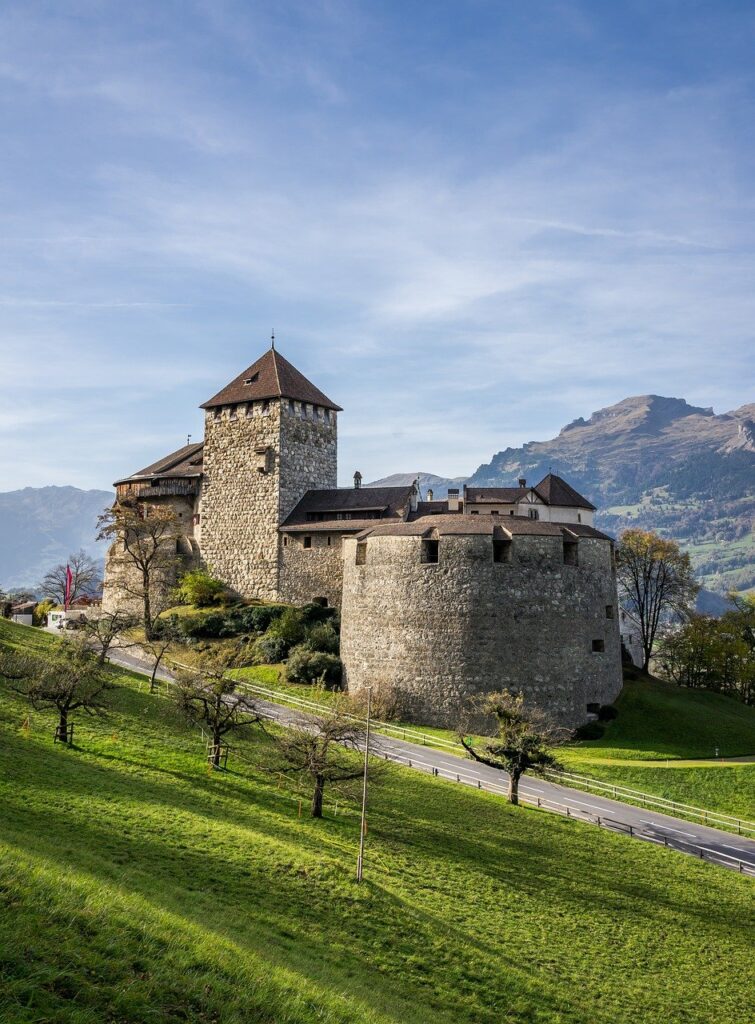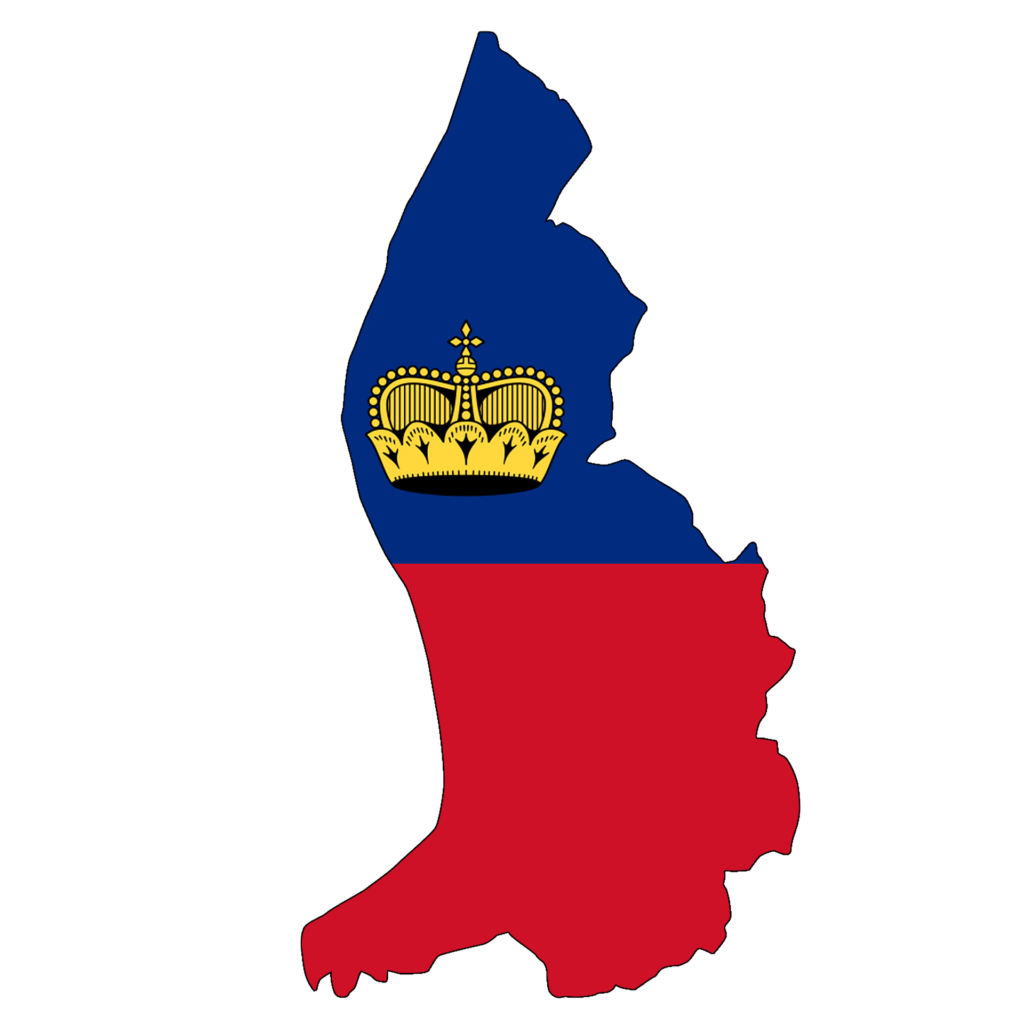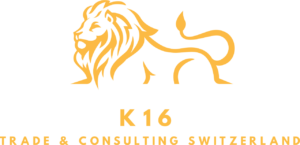Liechtenstein celebrates its National Day
August 15, which officially coincides with the Feast of the Assumption of Mary, is a significant holiday deeply rooted in the country’s history and traditions. Fürstenfest is a time when the citizens of Liechtenstein come together to celebrate their national identity and strong ties to the Royal Household.

August 15, which officially coincides with the Feast of the Assumption of Mary, is a significant holiday deeply rooted in the country’s history and traditions. Fürstenfest is a time when the citizens of Liechtenstein come together to celebrate their national identity and strong ties to the Royal Household.
Historical Context
Fürstenfest has been celebrated since 1940 and finds its origins in the union of the religious feast of the Assumption of Mary and the birthday of Prince Franz Joseph II, which falls on August 16.
Due to the advance of National Socialism in neighboring countries and within Liechtenstein itself, the celebration of National Day was introduced to strengthen national sentiment and awareness of the Principality’s sovereignty, sending a clear signal of “unity between the Prince and the people.” As early as 1938, the Prince had moved his residence to Vaduz Castle to counter rising tensions and National Socialist initiatives in the country.
The decision to celebrate the national day on August 15 created a symbolic link between Liechtenstein’s deep Catholic tradition and devotion to the princely family.
100 years ago Liechtenstein embraced the Swiss franc
100 Years of Switzerland-Liechtenstein Customs Treaty
Celebrations and Program
Fürstenfest celebrations traditionally begin with an official ceremony on the Schlosswiese in Vaduz, the residence of the princely family. At 10:30 a.m., H.H. Crown Prince Alois of Liechtenstein and Parliament Speaker Albert Frick give speeches emphasizing the importance of the day and the unity of the country. The ceremony is a solemn moment, accessible by reservation only.
After the official ceremonies, the big folk festival in the heart of Vaduz begins at noon. The streets of the capital turn into a lively fair, with stalls and a rich children’s program.
In the afternoon, starting at 2 p.m., the entertainment program begins, with concerts and performances by various local artists. These performances reflect the country’s rich cultural tradition and offer visitors a varied and engaging program.
The Culmination of the Evening
The evening of August 15 culminates in a series of spectacular moments. At about 9:15 p.m. the lighting of the bonfires, display of the wreath on the Tuass and torchlight procession on the Fürstensteig, then at 10 p.m. the Fireworks Spectacular over Vaduz: this event is one of the most anticipated moments of the festival and attracts thousands of spectators each year, who gather to celebrate together the conclusion of the day.

National Anthem
Oben am jungen Rhein (High along the young Rhine) is the national anthem of Liechtenstein, written in 1850 by Jakob Josef Jauch to the tune of the British anthem “God Save the King.” Although the British anthem was already used in the German Confederation, Liechtenstein officially adopted it in 1850 and confirmed it as the national anthem in 1920. In 1963, the text was changed to remove references to Germany.
Oben am jungen Rhein (High up along the young Rhine)
Oben am jungen Rhein
Lehnet sich Liechtenstein
An Alpenhöh’n.
Dies liebe Heimatland,
Das teure Vaterland,
Hat Gottes weise Hand
Für uns erseh’n.
Hoch lebe Liechtenstein
Blühend am jungen Rhein,
Glücklich und treu.
Hoch leb’ der Fürst vom Land,
Hoch unser Vaterland,
Durch Bruderliebe-Band
Vereint und frei.






